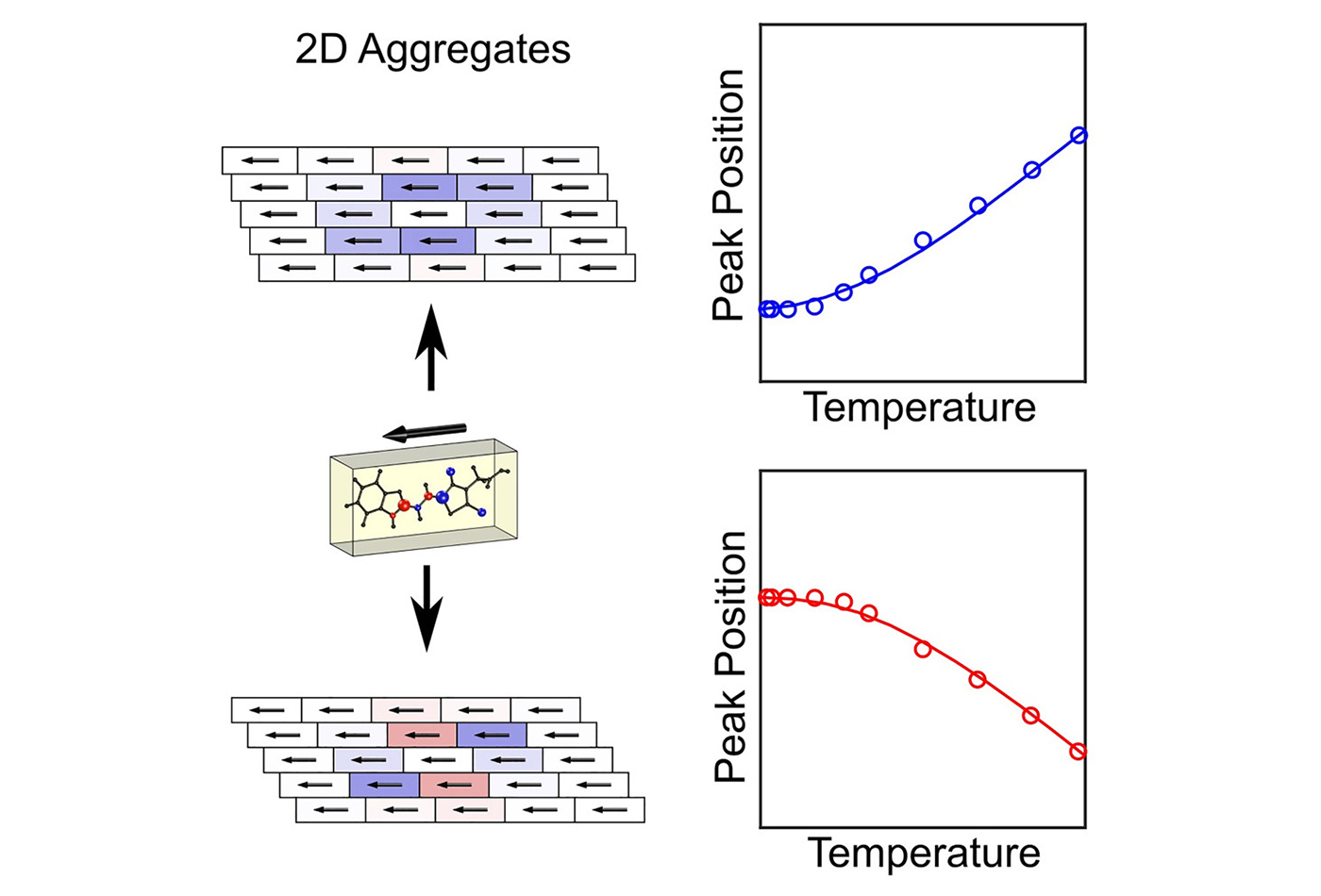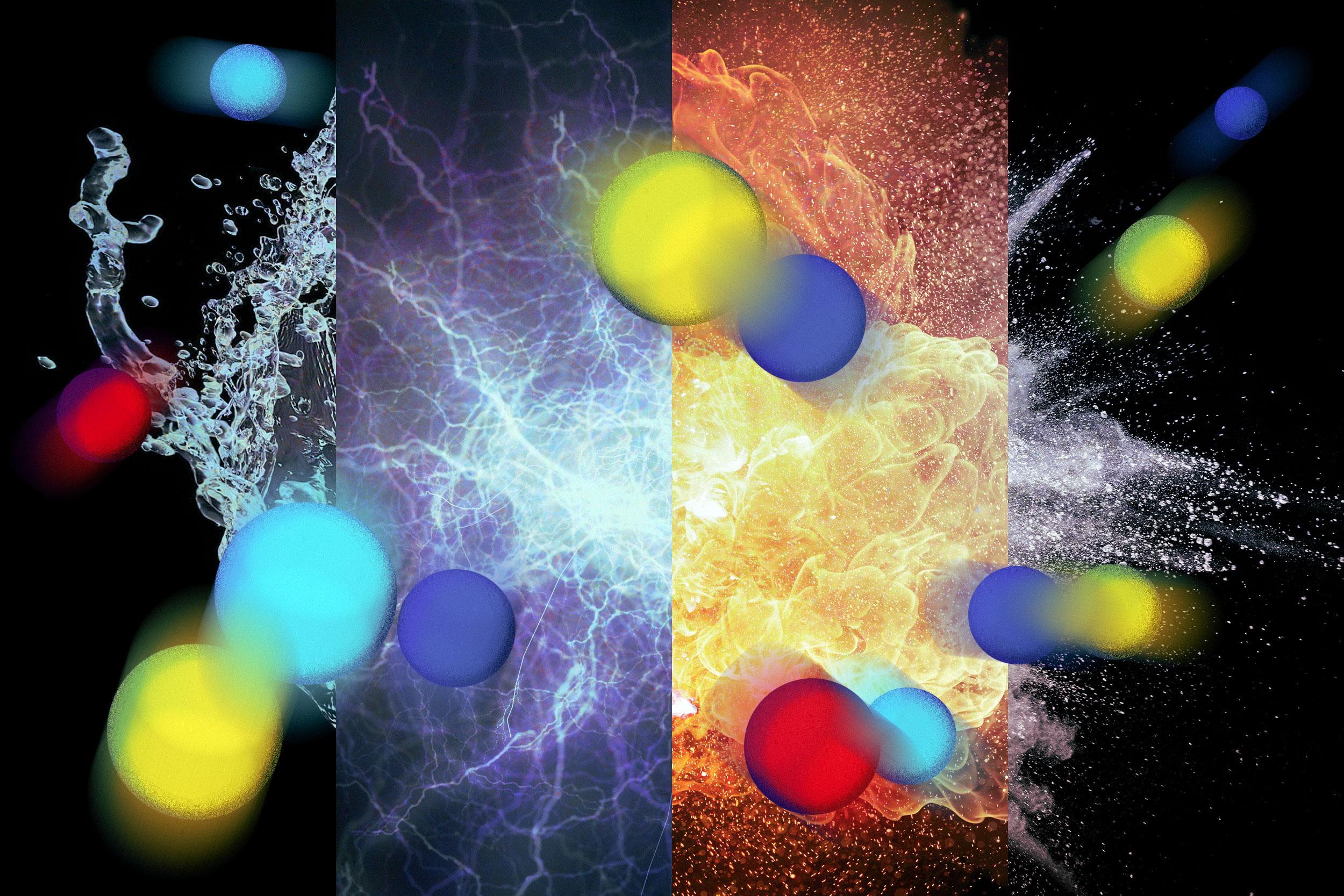Bawendi and Cao Collaboration Published in Chem
The paper, Generalized Kasha’s Model: T-Dependent Spectroscopy Reveals Short-Range Structures of 2D Excitonic Systems, was published on September 16, 2019.
A paper authored by Chern Chuang, Doran I.G. Bennett, Justin R. Caram, Alán Aspuru-Guzik, Lester Wolfe Professor Moungi Bawendi, and Professor Jianshu Cao was published in Chem on September 16, 2019.
Generalized Kasha’s Model: T-Dependent Spectroscopy Reveals Short-Range Structures of 2D Excitonic Systems
Chern Chuang, Doran I.G. Bennett, Justin R. Caram, Alán Aspuru-Guzik, Moungi G. Bawendi, Jianshu Cao
Chem, September 16, 2019
DOI:https://doi.org/10.1016/j.chempr.2019.08.013
Excitonic organic materials present a direct way of harvesting solar energy at low cost. Particular interest lies in their tunable absorption profiles arising from intricate interactions among constituent molecules, subject to the synthetic and manufacturing processes. Unfortunately, this often prohibits structural characterization tools such as x-ray diffraction or cryoEM, and hinders the assessment of material properties.
This research provides a conceptual framework unraveling the link between temperature dependent absorption peak shift and microscopic configurations, thus extending the seminal work of Kasha that correlates the classification of J/H-aggregates with the packing conditions. The researchers recognize the dominant role of short-range interactions in determining the temperature-dependent shift. This insight quantitatively accounts for previously unexplained experimental observations, and retrieves microscopic structural information for the development of design principles.
Summary
The versatility of low-dimensional excitonic organic materials for optoelectronic applications can be attributed to their diverse microscopic packing configurations. This, however, also presents a steep challenge for conventional characterization methods and calls for substantial computational modeling to infer the said microscopic configurations. Researchers propose a generalized conceptual framework based on an analysis of temperature dependent spectra. In analogy to the monomer-aggregate absorption peak shift, which defines the J- and H-aggregates in the celebrated Kasha’s model, the researchers incorporate the additional peak shift associated with increasing temperature as a measure to characterize the microscopic configurations. Specifically, they identify the sign of short-range interactions as the dominant factor in determining the direction of the T-dependent peak shift. This accounts for previously observed but unexplained blueshifting J-aggregates with increasing temperature and predicts the existence of redshifting H-aggregates. Their framework is useful for elucidating structure-function relationships in organic systems and fully compatible with existing computational and experimental tools.
The Bawendi Lab focuses on the science and applications of nanocrystals, especially semiconductor nanocrystal (aka quantum dots).
The Cao Group develops theoretical models for understanding the structure and dynamics of complex molecular systems.





